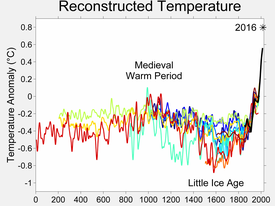.
(ScienceDaily) June 9, 2008 – The sun has been laying low for the past couple of years, producing no sunspots and giving a break to satellites. That’s good news for people who scramble when space weather interferes with their technology, but it became a point of discussion for the scientists who attended an international solar conference at Montana State University. Approximately 100 scientists from Europe, Asia, Latin America, Africa and North America gathered June 1-6 to talk about “Solar Variability, Earth’s Climate and the Space Environment.”
The scientists said periods of inactivity are normal for the sun, but this period has gone on longer than usual. “It continues to be dead,”

Pieter Bruegel the Elder (1525-1569)
In the past, they observed that the sun once went 50 years without producing sunspots. That period, from approximately 1650 to 1700, occurred during the middle of a little ice age on Earth that lasted from as early as the mid-15th century to as late as the mid-19th century.
(ScienceDaily) June 19, 2009 – Howe and Hill found that the stream associated with the next solar cycle has moved sluggishly, taking three years to cover a 10 degree range in latitude compared to only two years for the previous solar cycle.
The jet stream is now, finally, reaching the critical latitude, heralding a return of solar activity in the months and years ahead.
“It is exciting to see”, says Hill, “that just as this sluggish stream reaches the usual active latitude of 22 degrees, a year late, we finally begin to see new groups of sunspots emerging.”
The current solar minimum has been so long and deep, it prompted some scientists to speculate that the sun might enter a long period with no sunspot activity at all, akin to the Maunder Minimum of the 17th century. This new result dispells those concerns. The sun’s internal magnetic dynamo is still operating, and the sunspot cycle is not “broken.”




by the fact that we’re completely dependent upon that engine continuing to turn millions of tons of hydrogen into helium every second. Our piddling little activities on this planet pale by comparison.
Isn’t it also giving a tiny break to global warming, keeping the temp increase down a bit?